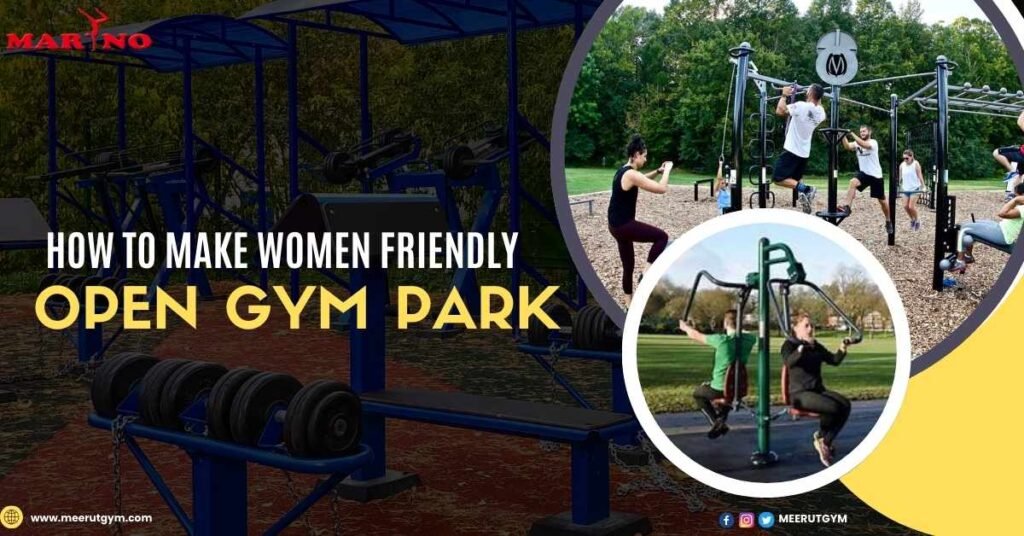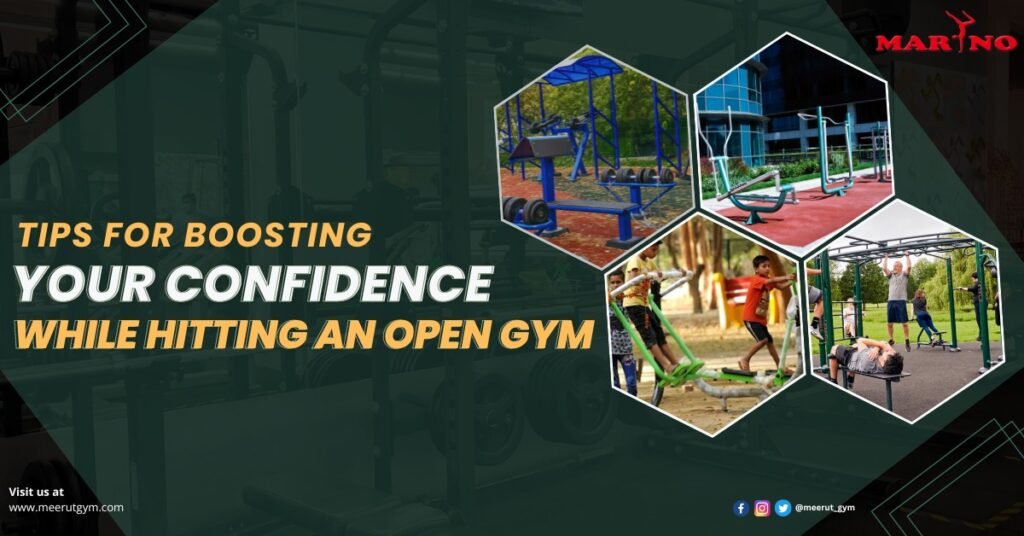Stretching is often overlooked or rushed through in workout routines, but it plays a crucial role in preventing injuries, improving flexibility, and enhancing overall athletic performance. In this blog post, we’ll delve into the significance of stretching, its benefits, and how to incorporate it effectively into your exercise regimen along with the use of other fitness gym equipments.
Why do Stretching?
Injury Prevention
Stretching helps to lengthen muscles and improve flexibility, reducing the risk of strains and tears. By increasing muscle elasticity, you can better prepare your body for the demands of physical activity.
Improved Flexibility
Regular stretching is essential for enhancing flexibility, allowing you to move more freely and efficiently. It can also improve your range of motion, making it easier to perform everyday tasks and athletic activities.
Enhanced Performance
Stretching can help to improve athletic performance by increasing blood flow to the muscles. This increases strength, power, and endurance.
Reduced Muscle Soreness
Stretching after a workout is known to reduce muscle soreness and stiffness. It can also aid in recovery by promoting blood flow and removing waste products from the muscles.
Stress Relief
Stretching can be a great way to reduce stress and promote relaxation. It can help to calm the mind and body, improving overall well-being.
What Are the Types of Stretching?
There are several different types of stretching, each with its own benefits:
Static Stretching
This involves holding a stretch for a prolonged period of time (typically 15-30 seconds). It is effective for improving flexibility and reducing muscle tension.
Dynamic Stretching
This involves performing active movements that gradually increase your range of motion. It is ideal for warming up before exercise and preparing your body for more intense activity.
Ballistic Stretching
This involves bouncing into a stretch, using momentum to force your body into a greater range of motion. While it can be effective for improving flexibility, it also carries a higher risk of injury and is not recommended for everyone.
Proprioceptive Neuromuscular Facilitation (PNF)
This involves contracting and relaxing a muscle group while in a stretch. It is a more advanced form of stretching that can help to improve flexibility and strength.
How to Incorporate Stretching into Your Routine?
To get the most out of your stretching, follow these guidelines:
Warm up first
Before stretching, warm up your muscles with light aerobic activity. This helps boost blood flow and reduce the risk of injury.
Stretch regularly
Aim to stretch most days of the week along with the use of fitness equipment, ideally after your workout.
Hold stretches for 15-30 seconds
Static stretches should be held for a prolonged period of time to be effective.
Breathe deeply
Focus on deep, slow breathing while stretching. This can help to relax your muscles and improve flexibility.
Listen to your body
Don’t push yourself beyond your limits. If a stretch feels painful, stop and try something else.
Conclusion
Stretching is a vital component of any well-rounded exercise program. By incorporating stretching into your routine, you can improve your flexibility, reduce the risk of injuries, enhance your athletic performance, and promote overall well-being. So, make sure to take the time to stretch and reap the benefits.
For a world-class range of open air gym equipment, contact Marino Meerut Gym, a world-class gym equipment manufacturer in India.







